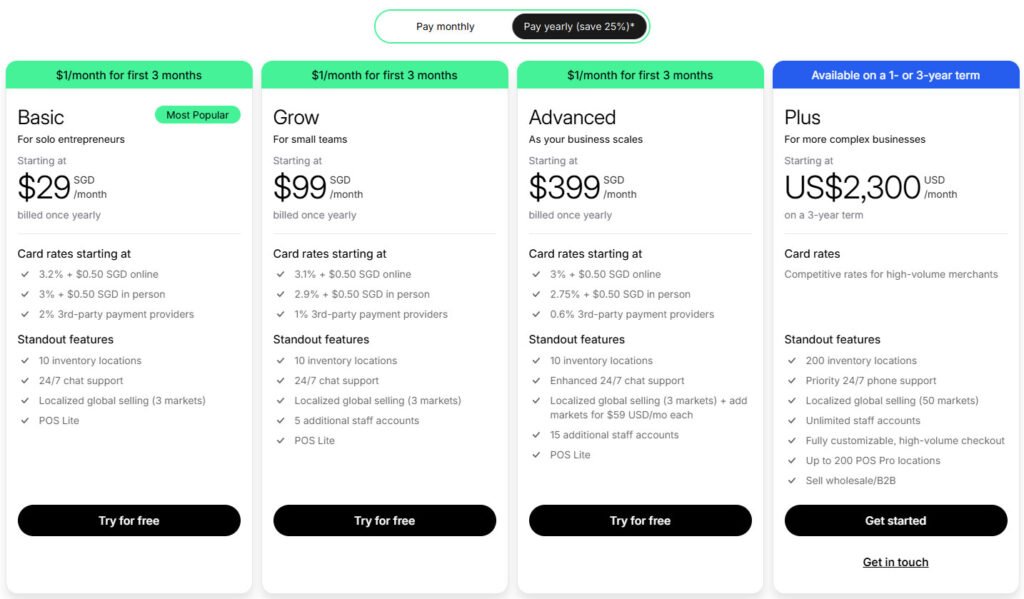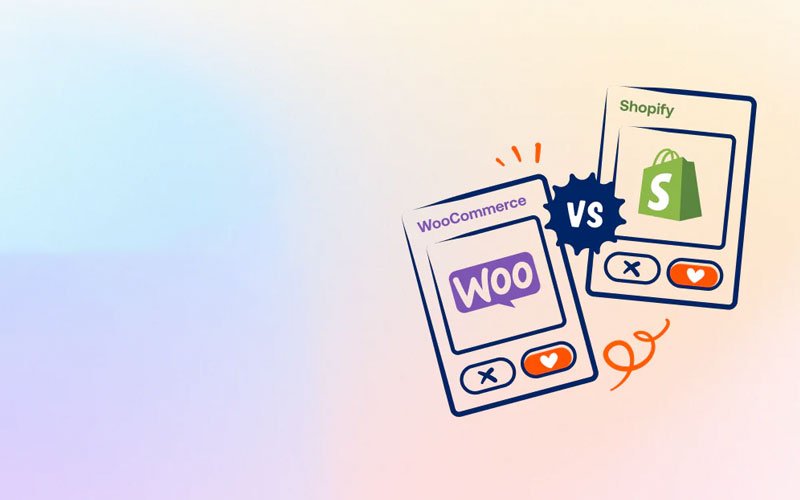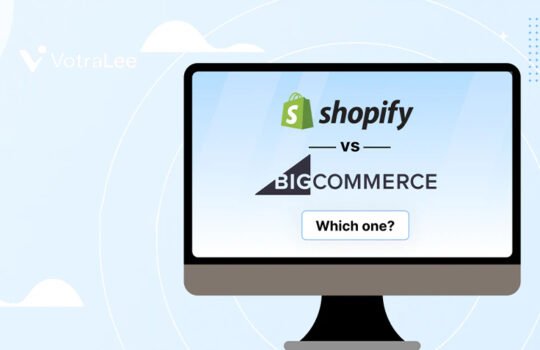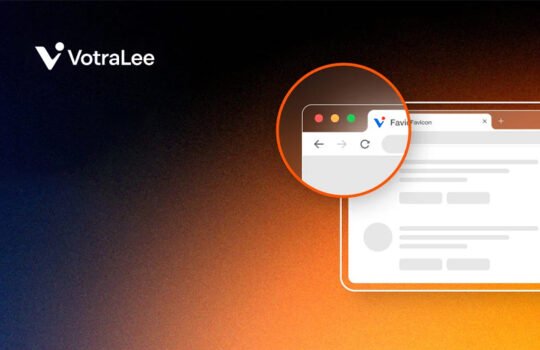Did you know that global eCommerce sales are projected to reach $7.4 trillion by 2025?
To claim your slice of this booming market, choosing the right platform is essential.
Starting an online business is exciting, but choosing Shopify or WooCommerce can feel like picking between iPhone or Android. Which one suits YOU?
This guide dives deep into Shopify and WooCommerce, comparing ease of use, pricing, features, scalability, and customer support. By the end, you’ll feel confident in choosing the platform that aligns with your vision.
Who Should Use Shopify vs WooCommerce?
Are you seeking simplicity or complete control over your store?
Both platforms cater to different needs and skill levels. If you’re looking for simplicity and ease of use, Shopify is a great option. If you’re looking for total control and flexibility, WooCommerce may be the way to go. Let’s break it down:
- Shopify: Ideal for entrepreneurs and small business owners with limited technical skills. It’s a fully hosted, all-in-one platform with easy setup, integrated payment solutions, and 24/7 support.
- WooCommerce: Built on WordPress, offering a customizable and flexible platform with limitless control, but it requires more technical knowledge, particularly around hosting, security, and updates.
By the end of this blog, you’ll have the clarity you need to decide which platform aligns with your business goals and technical abilities. Besides the topic of Shopify vs WooCommerce, you can check our article on more Shopify competitors for a greater overview.
Shopify
Ease of Use
Imagine setting up your store in a few hours without worrying about technical hurdles. Shopify’s user-friendly interface simplifies every step, from choosing a theme to customizing your storefront, ensuring a smooth onboarding experience for newcomers.
By automating complex tasks like hosting, security updates, and payment processing, Shopify allows businesses to focus on growth strategies and customer engagement rather than technical details.
This ease of use significantly enhances operational efficiency and creates a seamless experience for both store owners and their customers. That’s Shopify in a nutshell.
The numbers speak the truth:
- More than 2 million merchants sell using the Shopify platform
- 85% being small businesses (4,080,000)
- 11% medium businesses (528,000)
- 4% large businesses (192,000)
Shopify is suitable for businesses of all sizes, but it is particularly popular among new companies entering the online shopping market.
Pricing
Shopify plans start at $25/month for the Basic plan and $19/month if you pay annually. This is the most popular plan among the new entrepreneurs looking for an eCommerce solution to start selling their products online.
With plans like the Advanced Shopify Plan (starting at $299/month) and Shopify Plus for enterprise-level operations, the platform caters to businesses at every stage of growth. These advanced options provide features like enhanced reporting, lower transaction fees, and dedicated support.

WooCommerce
Ease of Use
WooCommerce is a powerful, flexible platform, but it comes with a steeper learning curve compared to Shopify. As a plugin for WordPress, you need to set up a WordPress website first and then install WooCommerce. For those with basic technical knowledge, this is manageable, but complete beginners might find it more challenging without help.
Once up and running, WooCommerce is highly customizable, but it’s important to remember that you will need to manage your hosting, security, and updates manually.
For new entrepreneurs, WooCommerce also developed No-code customization features, allowing you to build your storefront without touching a line of code. However, the complete flexibility is still WooCommerce’s strength.
Pricing
There’s a slight difference between WooCommerce and Shopify pricing. While you have to start with at least 1$ for Shopify, WooCommerce is free to use.
This offer can make it an attractive option if you’re on a tight budget. However, while the plugin itself is free, there are various ongoing costs to consider. You’ll need to budget for hosting, domain registration, SSL certificates, and premium themes or plugins for added functionality.
- High-quality hosting for WooCommerce typically ranges from $10 to $50 per month.
- Essential plugins (e.g., SEO, payment gateways, shipping) can cost anywhere from $30 to $200 per year.
For businesses looking to scale, the costs can add up quickly. However, unlike Shopify, WooCommerce does not charge transaction fees, which can be a significant benefit for high-volume stores.
Hosting
Unlike Shopify, WooCommerce is self-hosted, which means you need to choose a hosting provider and manage your site’s performance and security. While this offers more control and flexibility, it also comes with the responsibility of ensuring your hosting is fast, reliable, and secure.
With WooCommerce, you can choose the hosting provider that best suits your needs. Popular options include Bluehost, SiteGround, and WP Engine. However, the responsibility for managing server performance, backups, and updates falls on you. If you’re not comfortable managing hosting, you might need to hire someone or rely on managed hosting services, which can increase costs.







